
'Healthy' Schoolgirl, 17, 'Dies' in Front of Classmates After Doctor Ignored a Key Symptom Years Ago – What Happened to Her?
She woke up in a hospital bed days after collapsing at school with no memory of how she got there. Her classmates had watched as emergency responders fought to revive her. Now, she carries a device in her chest and a mission to make sure others don't go through the same ordeal.
Evelyn Walker left home for school that morning with no sign that anything was wrong. But shortly after she arrived, a series of events unfolded that left her unconscious and unresponsive.
Two years earlier, she had spoken to a doctor about a specific symptom. What she was told then would later raise serious questions about how they had handled her condition.
The Collapse in the Formroom
On February 7, 2025, Evelyn arrived at school around 8:30 a.m. after walking there with a friend. She had eaten breakfast as usual and was feeling fine. But not long after reaching her form room, she began to feel unwell.
Evelyn reported sudden chest pain, nausea, and fatigue. Moments later, she collapsed in front of her classmates. Her heart had stopped beating. She was unconscious, not breathing, and in full cardiac arrest.
A teacher ran across the building to retrieve the on-site defibrillator while other staff members began administering CPR. The school's medical officer delivered two shocks with the defibrillator in an attempt to revive her.
Evelyn believes that before she was stabilized by paramedics from the East Anglian Air Ambulance, her heart stopped for about five minutes. She was then rushed by air to Addenbrooke's Hospital in Cambridge.
Emergency Care and Hospitalization
At Addenbrooke's Hospital, Evelyn was placed in a medically induced coma for three days and remained in the hospital for a month. During her stay, doctors monitored her closely and began testing to understand what caused her heart to stop.
While Evelyn was being transported to the hospital, her mother, Jennifer Walker, was at home in bed. Her phone rang, and the screen displayed the word "ambulance."
In an interview, she recalled, "I just thought Evelyn had bumped her head or fallen over. Then the police were on my doorstep, and I just thought she was dead. It was absolutely awful. I was screaming and screaming."
Jennifer threw on a pair of jeans and went straight to the school with Evelyn's father, Nick. "I was in complete shock. Nothing like this had ever happened before. It was completely out of the blue. She's a healthy, vibrant young girl," she said.
Evelyn later said she had no memory of collapsing and recalled waking up in the hospital several days later, unaware of what had happened.
The Missed Warning
Two years before her collapse, Evelyn had experienced chest pain. Concerned, she visited her general practitioner, commonly known as a GP in the UK, and explained her symptoms. After the appointment, she was told the pain was likely caused by anxiety.
No medication was prescribed. No follow-up tests were ordered. She left without a diagnosis, and no further investigation took place. Looking back, Evelyn believes her concerns were dismissed too quickly.
Doctors now suspect there may be underlying abnormalities in her heart. Testing is still ongoing, and the exact cause of her cardiac arrest has not yet been determined.
Evelyn is now encouraging others not to accept vague explanations when symptoms persist. Evelyn's mother, Jennifer, highlighted the statistic that 12 young people under 35 die each week in the UK from sudden cardiac arrest, warning others not to assume their symptoms are nothing.
Adjusting to Life After Cardiac Arrest
After a month in the hospital, Evelyn returned home with a life-saving device implanted in her chest. She now lives with an internal defibrillator designed to detect and correct dangerous heart rhythms automatically. Her family has nicknamed the device "Little Ev."
Three months after her cardiac arrest, she described a shift in her perspective and began advocating for greater awareness of CPR and defibrillator education. In a Facebook post, she explained that she was focusing on recovery while using her experience to promote life-saving knowledge, particularly among young people.
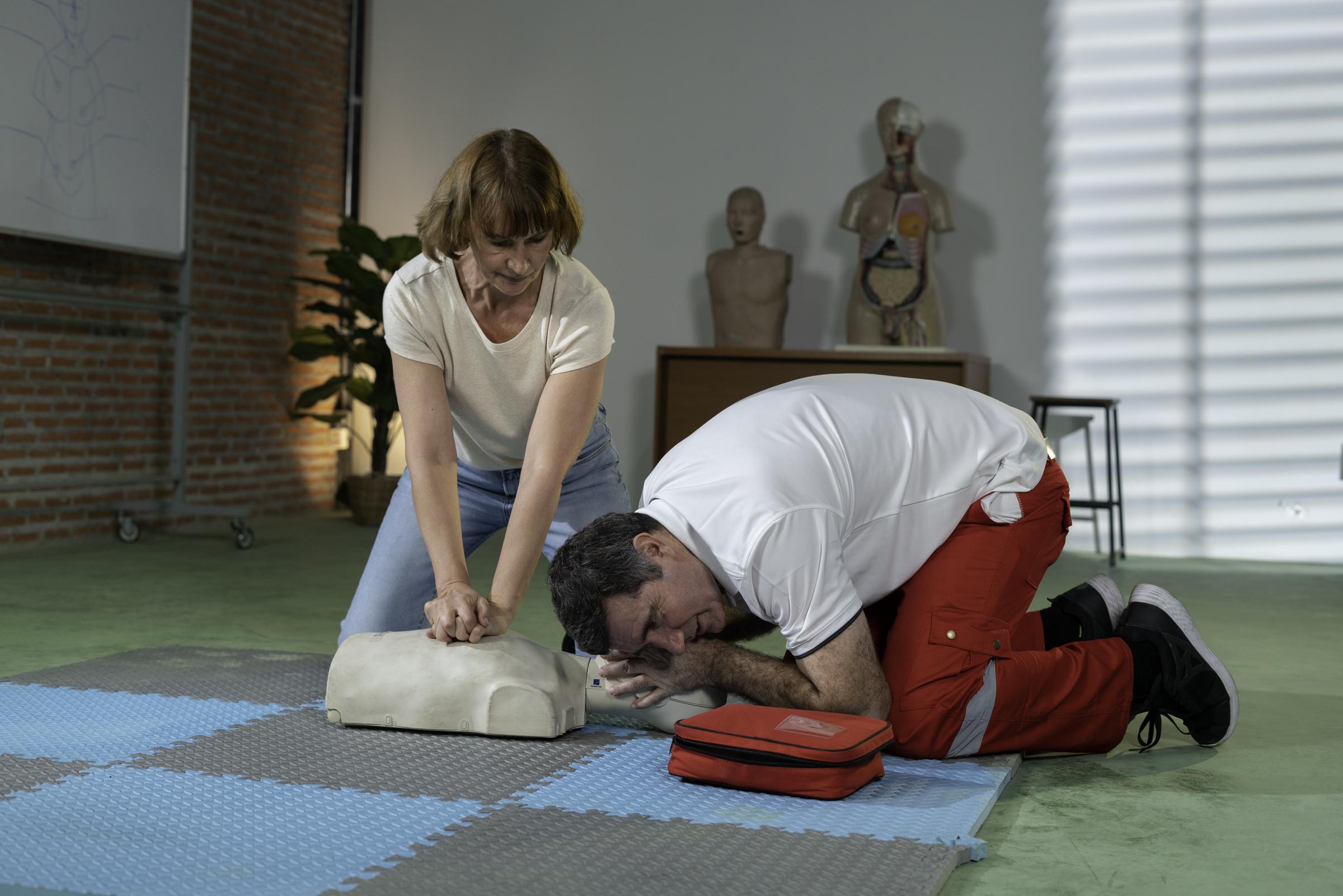
A first aid training class | Source: Getty images
Her mother, Jennifer, also reflected publicly on the incident, crediting the school's rapid response with saving Evelyn's life. In a separate post, she emphasized how critical CPR and access to a defibrillator had been, and highlighted the lack of dedicated support resources for younger survivors of sudden cardiac arrest.
"Evelyn is now doing well, back at school and getting used to life with an internal defibrillator – the EV-ICD (or 'Little Ev' as we like to call it!)," she wrote.
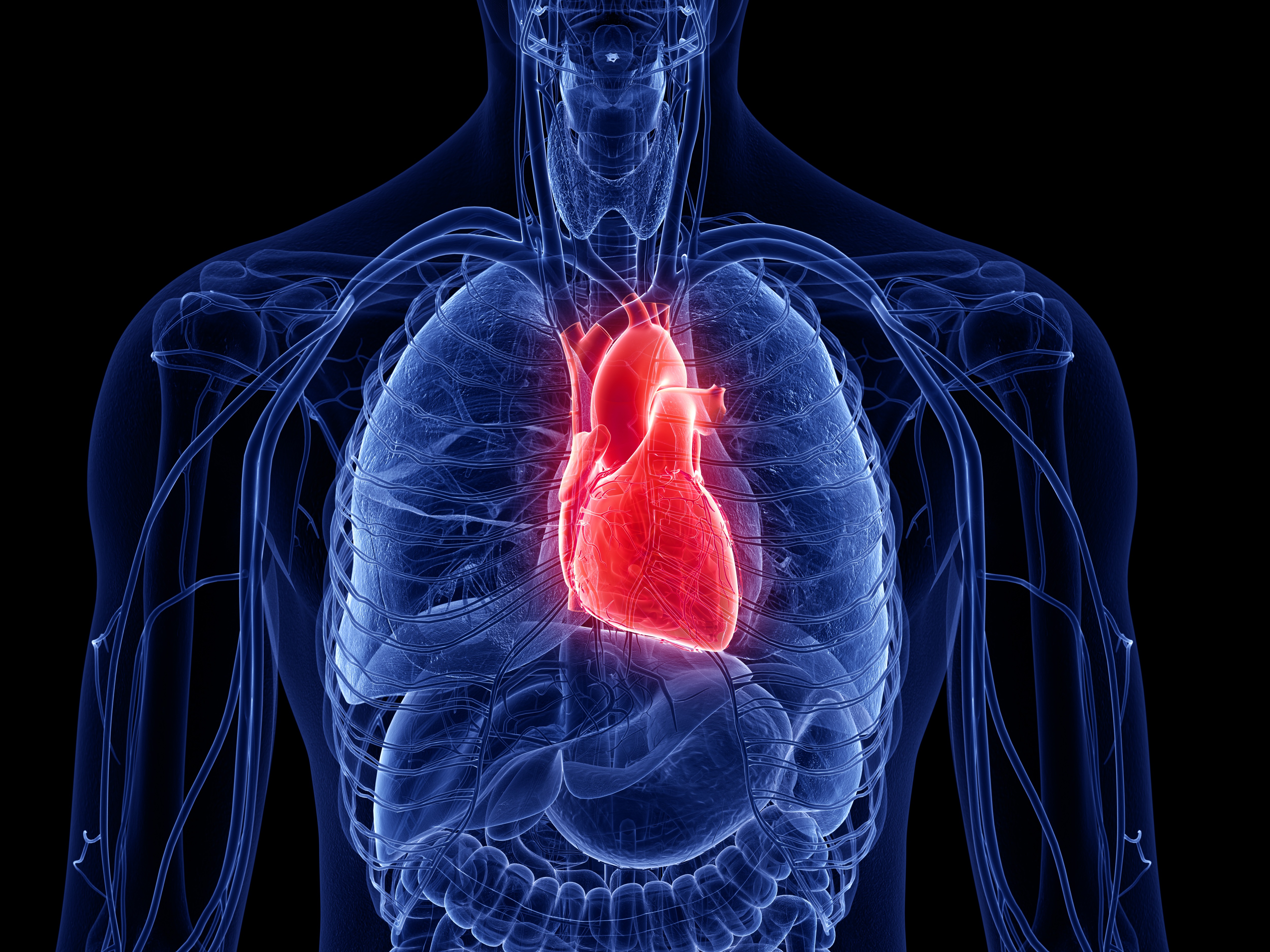
Human heart, computer illustration | Source: Getty Images
Raising Awareness for Young People
The Walker family has since launched an awareness initiative aimed at helping other young people affected by sudden cardiac arrest. Their efforts focus on promoting CPR training, the use of defibrillators, and the earlier recognition of symptoms that are often dismissed.
Jennifer created a Facebook group as a safe space for teenagers and their families to share experiences, access information, and build community support. She noted that while many resources exist for older cardiac patients, younger survivors often struggle to find guidance tailored to their age group.
Through the platform, Evelyn has encouraged open conversations around survival, recovery, and prevention. She continues to highlight the importance of persistence when navigating medical concerns and stresses that early intervention can be the difference between life and death.
Evelyn's experience is one of survival, but many others don't get that chance. Understanding what causes sudden cardiac arrest, how it differs from sudden cardiac death, and how it can be prevented is critical for every family.
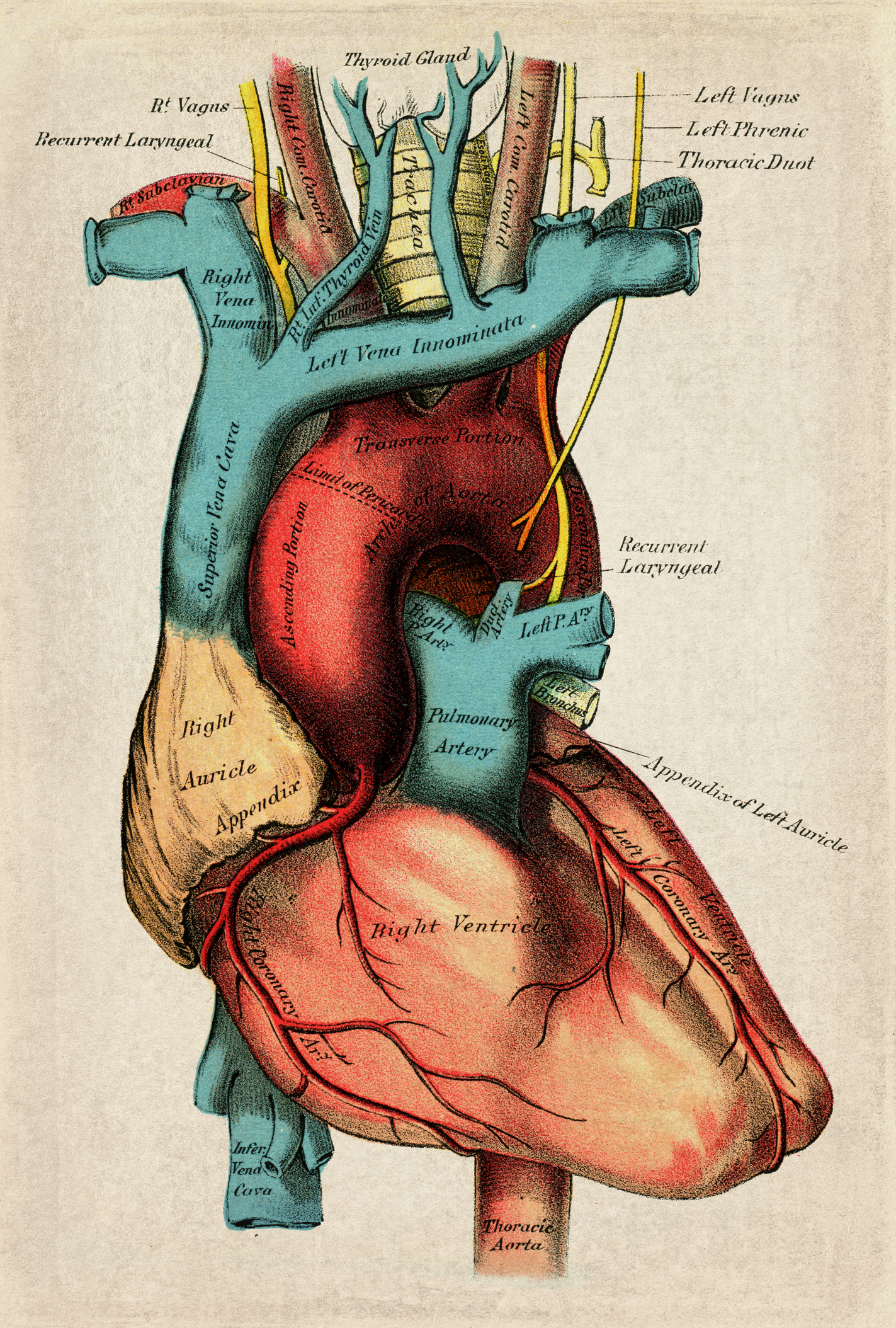
Illustration of a human heart | Source: Getty images
Understanding Cardiac Arrest and Sudden Cardiac Death
Cardiac arrest is the abrupt and unexpected loss of heart function. It stops the flow of blood to the brain and vital organs, causing the person to collapse, lose consciousness, and stop breathing. Without immediate intervention, it is fatal within minutes.
As noted by the Cleveland Clinic, most cases are caused by arrhythmias — abnormal, rapid impulses that override the heart's normal electrical rhythm. The most common cause is a life-threatening arrhythmia is ventricular fibrillation, also called V-fib.
In this condition, the lower chambers of the heart quiver in a disorganized way instead of pumping blood. When that happens, the body is instantly deprived of oxygen. Without emergency treatment, the person cannot survive.
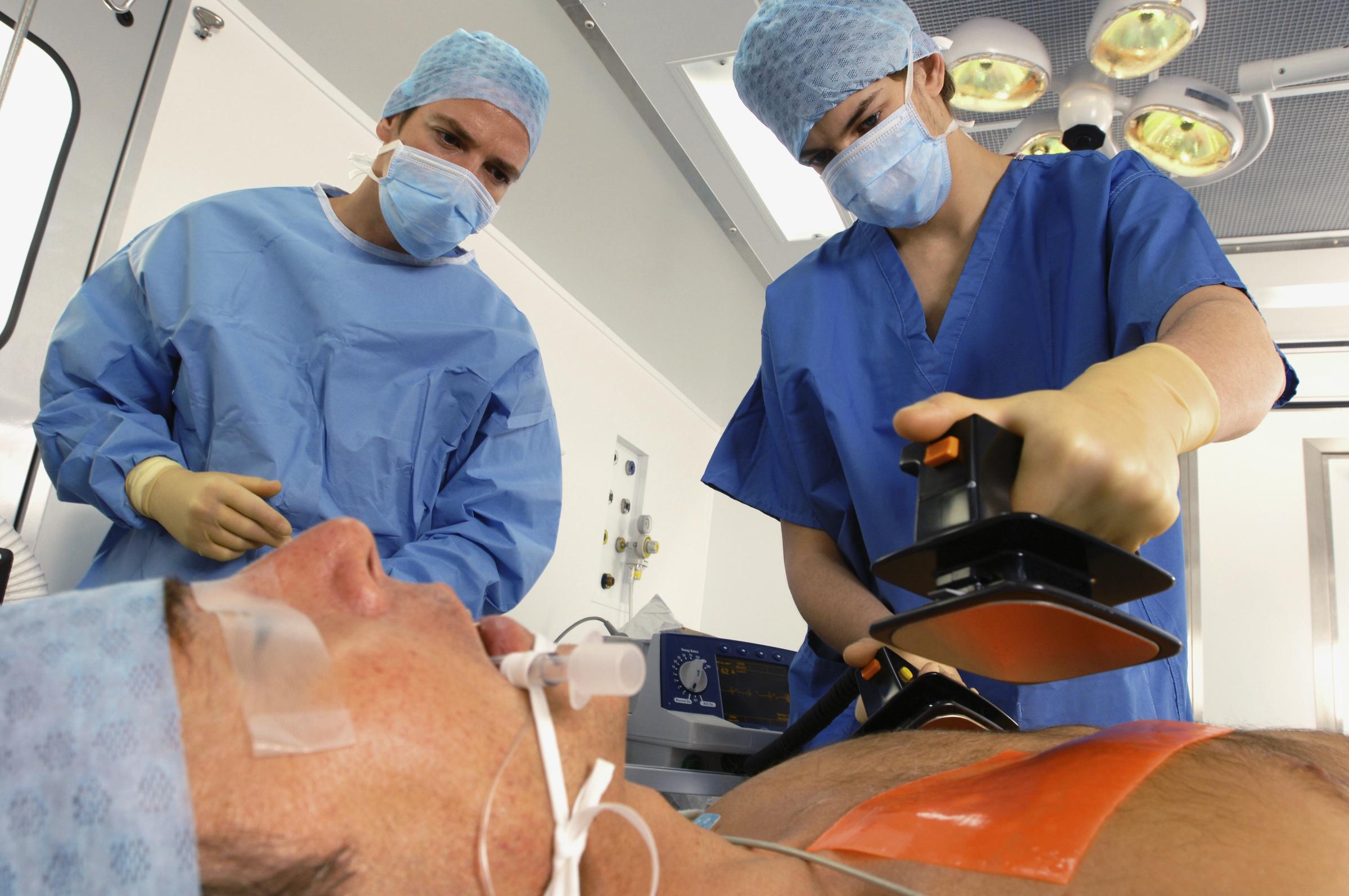
Doctors using defibrillator to resuscitate male heart attack victim | Source: Getty Images
Cardiac arrest symptoms, when they do appear, may include:
- Sudden loss of consciousness
- Dizziness
- Fainting
- Lightheadedness
- Heart palpitations
- Unexplained weakness
However, many people experience no warning signs at all, making quick recognition and response essential. The patient is often unconscious, has no pulse, and isn't breathing. Treatment focuses on immediate CPR and the use of a defibrillator.
To reduce the chance of a second episode, physicians often perform tests to determine what caused the arrest. These can include an electrocardiogram (ECG), echocardiogram, cardiac catheterization, heart MRI, or electrophysiology study.
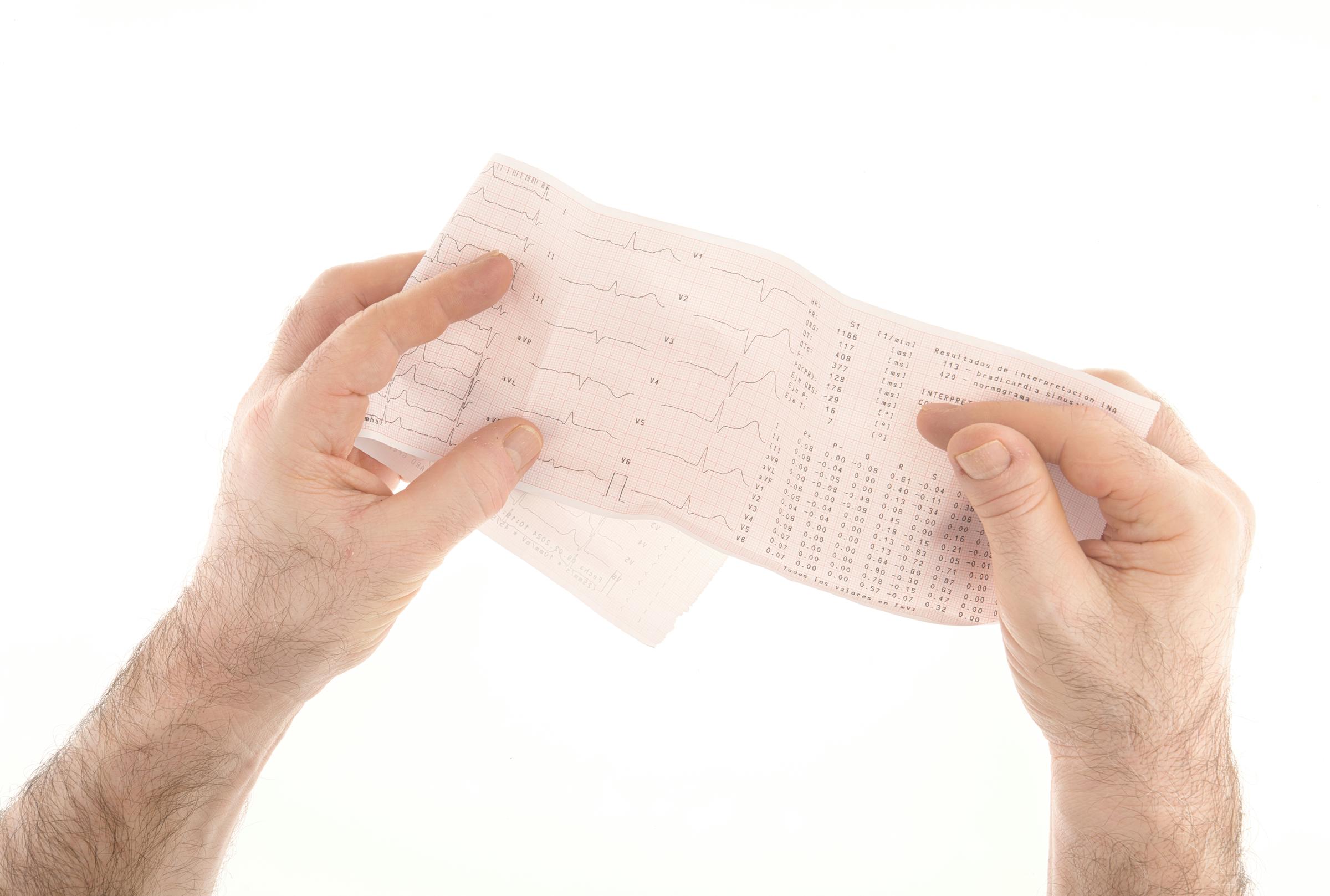
Patient with sinus bradycardia observing his own electrocardiogram | Source: Getty Images
Blood tests may also be used to evaluate electrolyte levels that affect the heart's rhythm. Preventative treatments can involve an implantable cardioverter defibrillator (ICD), as Evelyn received, along with medications like beta-blockers or procedures to treat artery blockages.
There are also steps people can take to reduce the overall risk of cardiac arrest. These include managing cholesterol, blood pressure, and diabetes, avoiding tobacco, eating heart-healthy foods, maintaining a healthy weight, and exercising regularly.
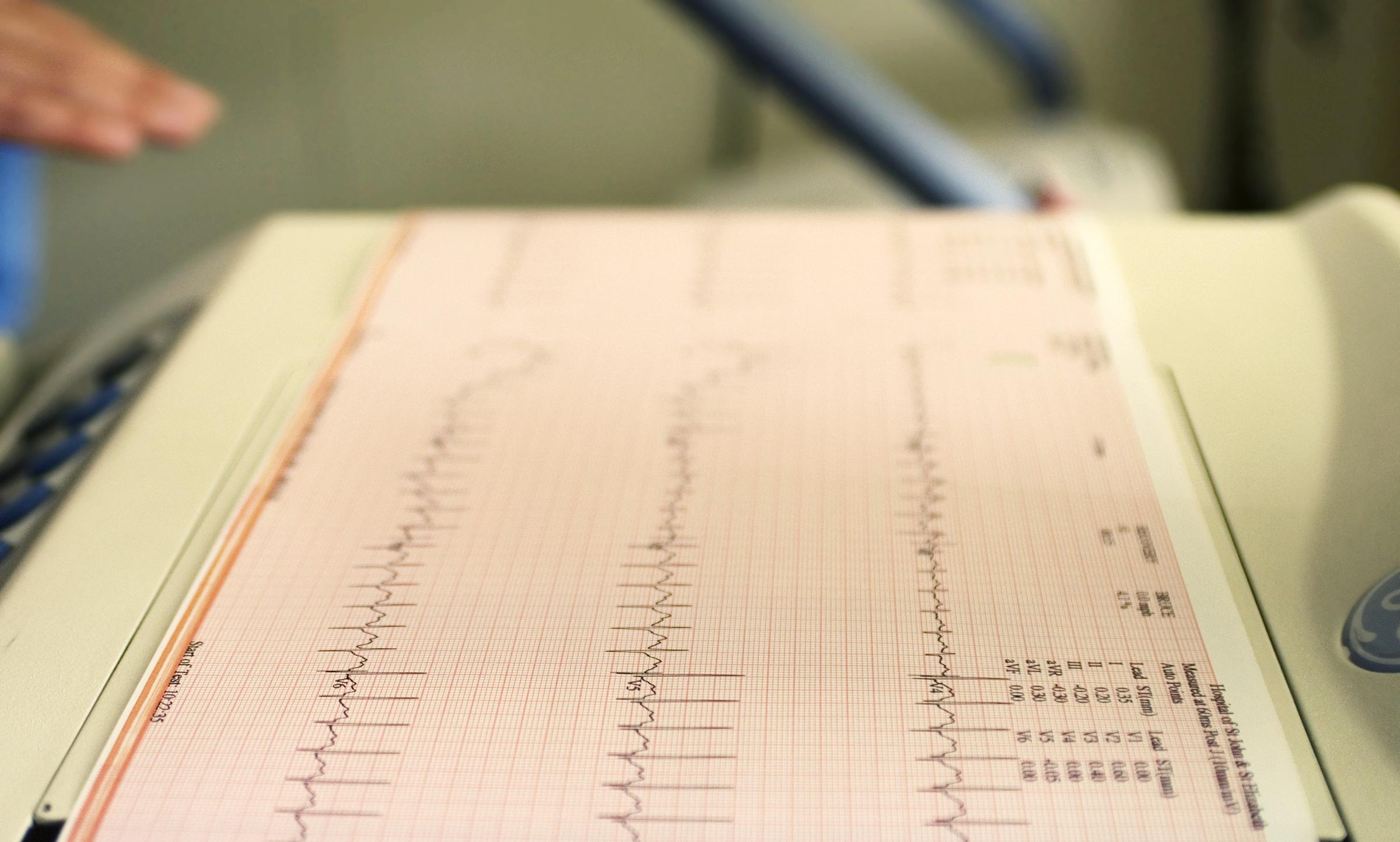
Electrocardiogram recording of patients cardiac cycle produced by electrocardiograph | Source: Getty Images
According to the Mayo Clinic, it's important to distinguish sudden cardiac arrest (SCA) from sudden cardiac death (SCD). Cardiac arrest is a condition that can be reversed if treated immediately. Sudden cardiac death is the outcome when the arrest is not treated in time.
It is, by definition, the swift and unexpected end of all heart activity. Breathing and circulation stop instantly, and death follows within seconds. Though rare, sudden cardiac death can affect people under 35, including those who appear to be in good health.
It is more common in males than females and can be caused by undiagnosed genetic heart conditions. These hidden disorders can cause a person's heart to stop without warning, even during rest or light activity. Although physical exertion, like competitive sports, can trigger such deaths, exertion is not always a factor.
For this reason, screening is critical, especially for young people experiencing unexplained symptoms like fainting or chest pain. Parents are encouraged to speak with their child's healthcare provider about any potential risk factors and whether further tests are warranted.
Cardiac arrest itself is not always painful. Many people lose consciousness before they are aware of what's happening. However, those who survive may feel chest pain afterward, especially if CPR was administered.
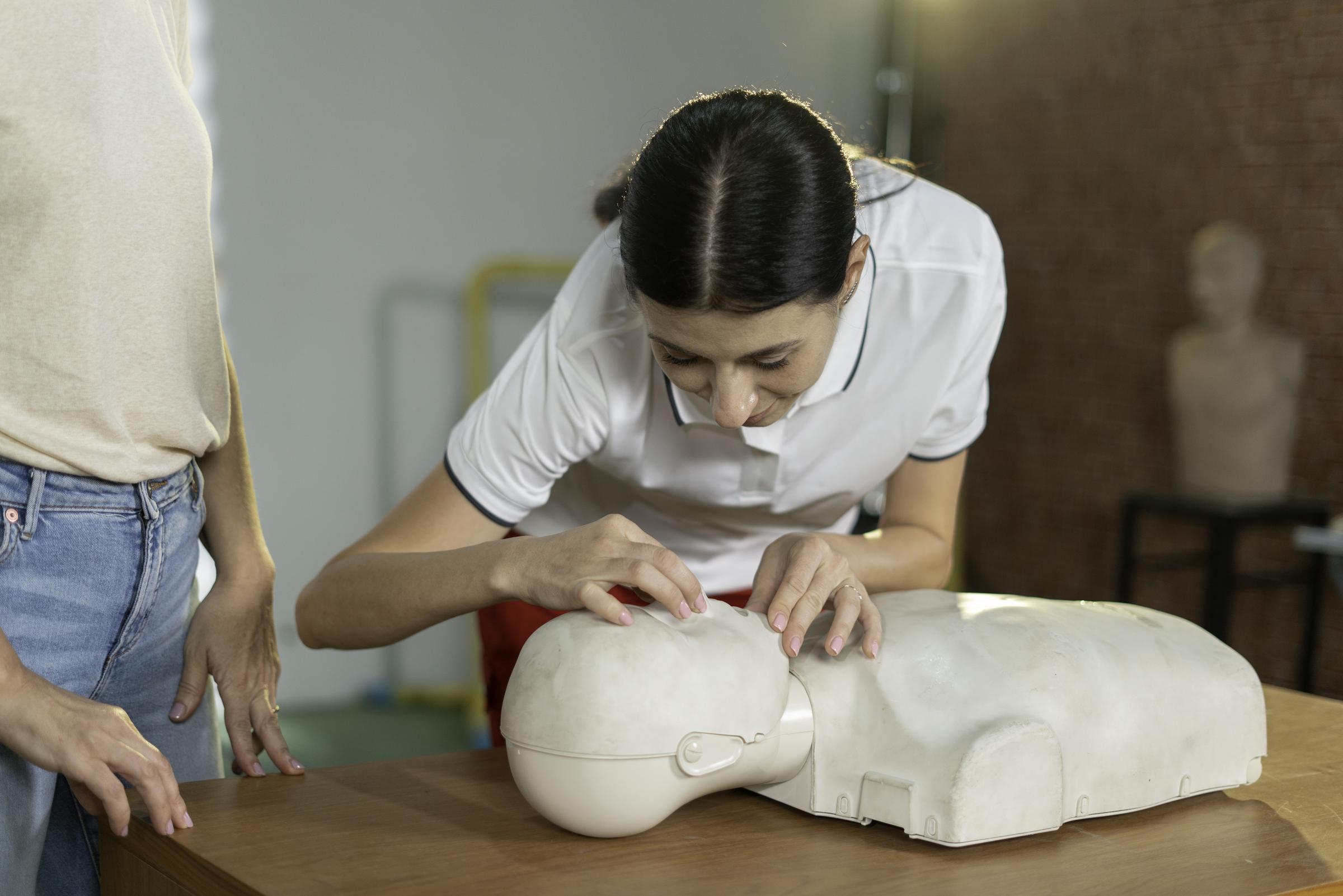
Cpr Training Center | Source: Getty images
Ultimately, survival depends on speed. Evelyn's life was saved because those around her acted immediately — performing CPR, using a defibrillator, and calling emergency services. Her story shows what can happen when the right tools and training are available in the moments that matter most.
The information in this article is not intended or implied to be a substitute for professional medical advice, diagnosis or treatment. All content, including text, and images contained on news.AmoMama.com, or available through news.AmoMama.com is for general information purposes only. news.AmoMama.com does not take responsibility for any action taken as a result of reading this article. Before undertaking any course of treatment please consult with your healthcare provider.
